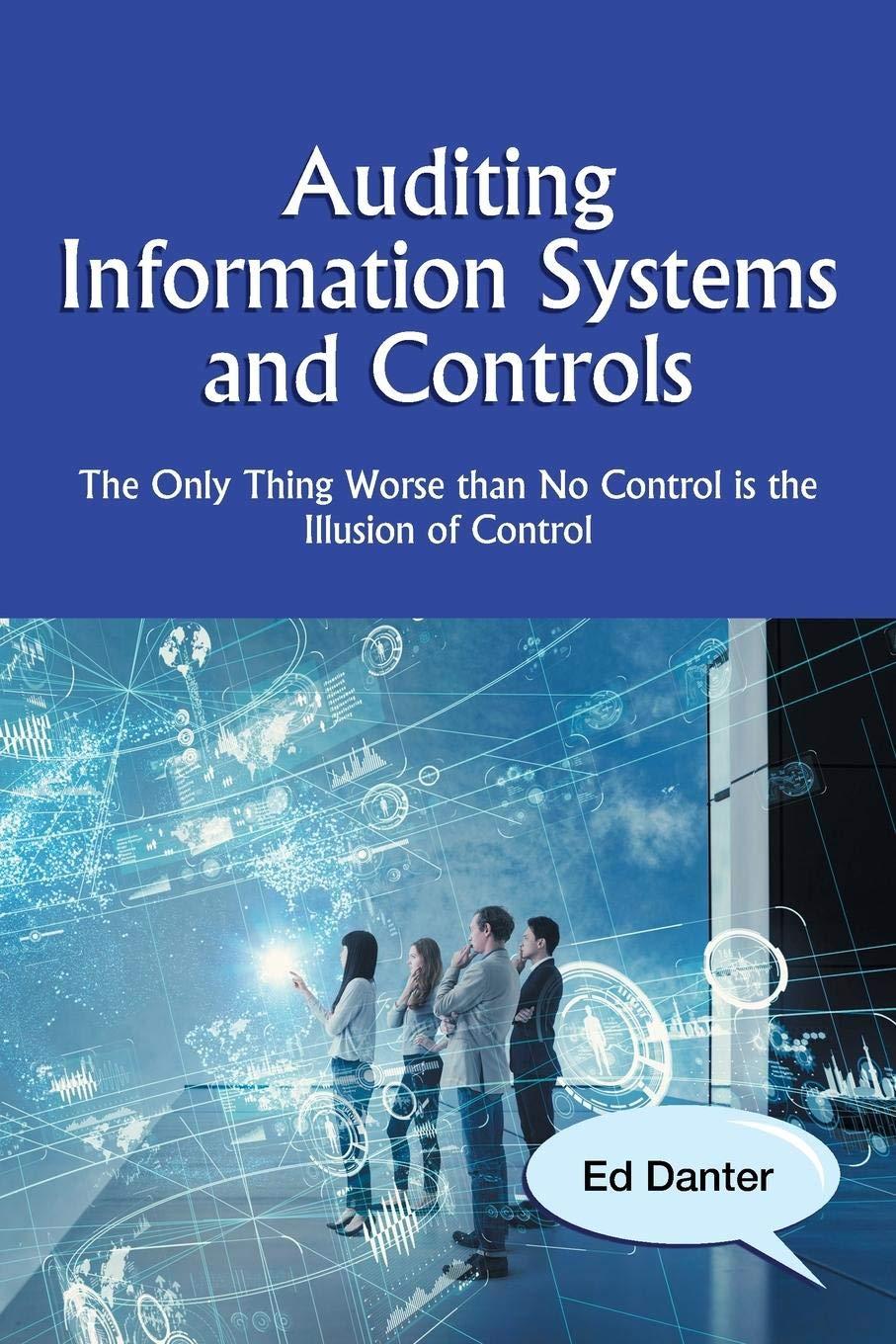Question
1. Which of the following is not true with regard to a $3,000, 14%, 90-day note that is dishonored (360-day year)? A. An account receivable
1. Which of the following is not true with regard to a $3,000, 14%, 90-day note that is dishonored (360-day year)?
A. An account receivable is charged with the maturity value of the note
B. The Interest Earned account is credited
C. The Notes Receivable account is credited for the maturity value
D. A dishonored note does not relieve the maker from the obligation
E. Total current assets increase by the amount of the interest earned
2. When recording accrued interest on a note receivable at year end, what account is debited?
A. interest expense
B. interest revenue
C. interest receivable
D. note receivable
E. None of the above
3. It is Dec 31 and the company needs to record it's bad debt expense for the year. They use the Allowance Method. The balance in the Allowance for Doubtful Accounts, prior to adjustment, is $100 credit balance. Based on an aging of Accounts Receivable, they estimate that $400 of their Accounts Receivable balance will not be collected next year. Their adjusting journal entry for bad debts expense will include:
A. Credit Bad Debt Expense for $300
B. Debit Bad Debt Expense for $300
C. Credit Allowance for Doubtful Accounts for $400
D. Debit Bad Debt Expense for $400
Step by Step Solution
There are 3 Steps involved in it
Step: 1

Get Instant Access to Expert-Tailored Solutions
See step-by-step solutions with expert insights and AI powered tools for academic success
Step: 2

Step: 3

Ace Your Homework with AI
Get the answers you need in no time with our AI-driven, step-by-step assistance
Get Started


